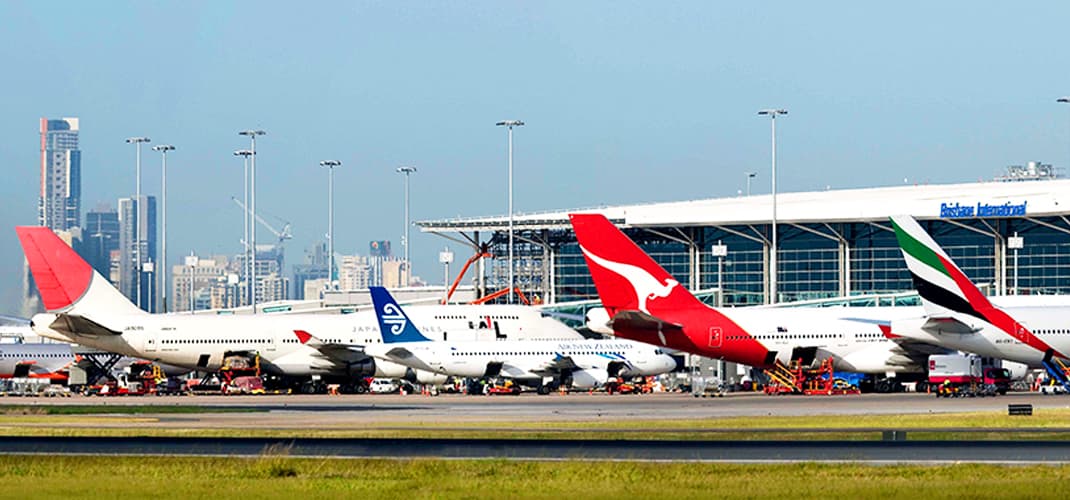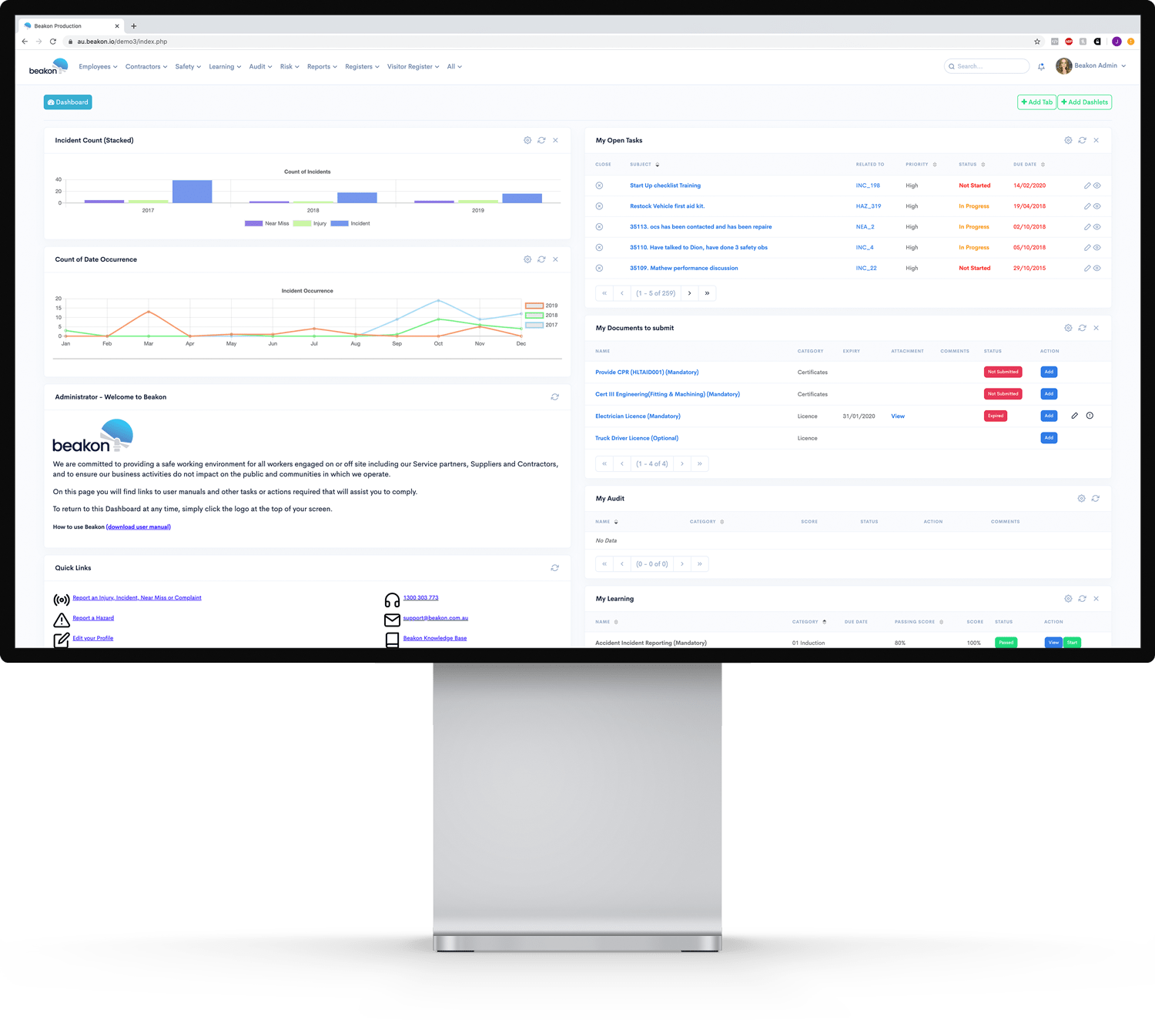There are many risks that come with running a modern facility, from health and safety concerns to compliance with ever-changing regulations. Luckily, there is software available to help manage these risks and keep your facility running smoothly. In this blog post, we will explore some of the different types of software available to help with risk management, compliance and safety in modern facilities. We will also look at some of the benefits of using such software and how it can help you avoid costly mistakes.
What is risk management software?

When it comes to managing risk, compliance, and safety in modern facilities, software is becoming an increasingly important tool. Risk management software can help facility managers identify potential risks, assess the likelihood of those risks occurring, and develop plans to mitigate or avoid them.
Compliance management software can help ensure that facilities are following all relevant laws and regulations.
Safety management software can help identify potential hazards and develop plans to prevent accidents and injuries.
Using these types of software can help facility managers create a safer and more compliant workplace.
What are the benefits of using risk management software?

When it comes to managing risk, compliance, and safety in modern facilities, risk management software can be a valuable tool. Here are some of the benefits of using such software:
1. It can help you identify potential risks and hazards.
2. It can help you develop policies and procedures to mitigate or eliminate those risks.
3. It can help you track and monitor compliance with those policies and procedures.
4. It can help you investigate incidents and accidents, and identify trends or patterns that could lead to future problems.
5. It can help you manage communication with stakeholders about risks, compliance issues and safety concerns.
6. It can provide valuable data for decision-making about risk management strategies.
7. It can help you save time and money by streamlining risk management processes.
How does risk management software work?
Risk management software helps organizations identify, assess, and manage risks. The software provides a centralized platform for managing risk across the enterprise, and includes features such as incident tracking, asset management, and compliance reporting.
Organizations use risk management software to improve safety and compliance in their facilities. The software helps managers identify potential risks, assess the impact of those risks, and develop plans to mitigate or avoid them. By reducing the number of accidents and incidents, risk management software can help organizations save money on insurance premiums and workers’ compensation claims. In addition, the software can help organizations stay compliant with government regulations.
What are the features of risk management software?
Risk management software helps facility managers identify, assess, and track risks throughout their facility. This type of software is designed to help managers comply with safety regulations and minimize the impact of accidents and emergencies. Risk management software typically includes features such as:
-A risk assessment tool that can be used to identify potential hazards in the facility
-A compliance tracker that helps managers stay up-to-date on safety regulations
-An emergency response plan template that can be customized to the specific needs of the facility
-A incident reporting system that allows managers to track accidents and near-misses
-A risk register that documents all risks identified in the facility
How to choose the right risk management software for your business

When it comes to choosing risk management software for your business, there are a few things you need to take into account. What kind of business do you have? What are your specific needs? How large is your facility?
Here are a few tips to help you choose the right risk management software for your business:
1. Define your needs.
Before you start looking for risk management software, sit down and define what your specific needs are. What kind of risks does your business face? What compliance requirements do you need to meet? What safety hazards exist in your facility? Once you know what you need, you can narrow down your search and find software that meets those specific needs.
2. Consider the size of your facility.
The size of your facility will play a role in determining which risk management software is right for you. If you have a large facility, with multiple floors or buildings, you’ll need software that can handle that complexity. On the other hand, if you have a small facility, with only a few rooms or areas, you may be able to get by with a simpler program.
3. Compare features and prices.
Once you’ve defined your needs and considered the size of your facility, it’s time to start comparing features and prices. Make a list of the must-have features for your business and then compare the different programs available. Look at both the upfront cost and the monthly subscription fees to find the
Conclusion
There are a number of software solutions available to help manage risk, compliance, and safety. By using these tools, businesses can ensure that their employees and customers are safe, while also reducing the potential for costly accidents and incidents. In today’s competitive marketplace, having an effective risk management strategy is essential for any business looking to operate successfully.
Beakon’s High-Performance Software Manages Safety, Risk & Compliance in one simple interface. We work with clients like Westfield, Brisbane Airpot, and QLD Health to manage thousands of facilities across the country and internationally. Get in touch to find out how we can help you.

